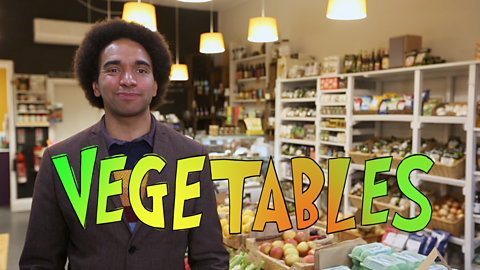Joseph Coelho;
Poems are like trees. They come in all shapes and sizes.
There are:
Big ones.
Messy ones.
Ordered ones.
Small ones.
Haikus are small poems that share a moment in time with very few words. They have a set number of syllables, sounds, in each line. Every word is made up of sounds. If I place my hand under my chin, I can count the syllables. Each time my chin hits my hand, thatÔÇÖs one.
The word assembly has three: AS-SEM-BLY.
The word today has two: TO-DAY.
There are just three lines in a haiku, with a set number of syllables in each line. Five in the first. Seven in the second. And five in the third.
You have to keep trying different words until you have the right number of syllables
The winter trees shimmer
Hmm, thatÔÇÖs 6. Too many syllables for the first line. I need just five.
The winter trees sway
Ok, that can work for my first line. Now I need seven syllables for my second line
Their branches creek into song
Good. Now for the final line I need just five syllables
I can hear them grow
The winter trees sway.
Their branches creek into song.
I can hear them grow.
Haikus are often written about the different seasons. But you can write one about anything.
I raced to the goal.
The match is almost over.
The ball hits the net.
ThatÔÇÖs one of the things I love about different forms of poems. They force you to redraft and edit, which is a vital tool for anyone interested in writing. There are longer forms, like sonnets, that also use rhyme. They have fourteen lines split over four verses. Verses one, two, and three have four lines. And the last verse has two lines.
He is old and tall The Oldman tree.
His branches reach in to the sky.
The Oldman tree has knobbly knees.
He towers tall, he towers high.
His bark is rougher than a rock.
There are leaves curled in his hair.
His canopy hides an eagle flock.
You must not climb him, you must not dare.
Oldman tree sings a sappy song at night.
He hides in every forest path.
His songs are gooey-sweet, filled with delight.
Listen out for his creaking laugh.
Oldman tree grows in every wood.
Singing songs and doing good.
Just like there are trees that are balanced and ordered, and others that are wild and messy, you can write poems without any form. With verses that just sound right to you.
The monkey puzzle tree
was like a giantÔÇÖs hug.
Embracing me and my friends
with its green hands.
Lifting us up to the sky
and always caught us if we fell.
With poetry, there is no right or wrong. In fact, anything grows!
Video summary
Poetry works in many different forms: Haiku, Concrete poems, Sonnets, and Limericks all offer amazing ways to discover poetry.
Poet Joseph Coelho shows us how to recognise these different forms and explores how the way words are put together on a page can affect how you read a poem.
In explaining Haikus, Joe outlines how syllables work and how choosing the right words for your poem takes time and trying out different words until you find the right one.
He investigates how to select appropriate forms and how to use other poems as a model for your own.
Teacher notes
Ideas for the classroom
Key Stage 1 (age 5-7):
Before watching:
Share with the children BEwARe by James Carter.
Allow time for the children to savour the language, discuss likes, dislikes, questions they have about the performance or connections they have ÔÇô could they guess what the animal is, for example, using their wider knowledge? Is this like other poems they have read before? How is it the same? How is it different?
After watching:
Go back to the poem, looking at how it is laid out on the page. What do the children notice about the way this poem is constructed? How does each line work? What does each phrase do? What is special about the way the title is written? The poem is built up of a series of kennings, a two-word phrase that describes an object in an interesting way. Kennings were first used in Anglo-Saxon and Norse poetry. Take another animal that is really well known to the children, such as a dog. Could they think of other kennings that could describe a dog?
Now compare this poem with Jungle Cat by Kate Wakeling. Discuss likes, dislikes, questions they have about the performance or connections they have. How is it different to BEwARe? Is there anything similar about it? Look at the freeness of the structure; this is an example of free verse, which has the natural rhythm of spoken language with no obvious form or style.
Encourage the children to have a go at writing their own kenning or free verse poetry, perhaps inspired by animals as they have seen the other poets do.
Key Stage 2 (age 7-11):
Before watching:
Share with the children a variety of poems showcasing different poetic forms. This could be done by giving small groups different examples to explore and discuss or by pinning them up around the room for the children to move round and explore. Allow time for the children to explore what each poem is like, how it looks on the page, any patterns within the poem.
After watching:
Encourage the children to talk more about different poetic forms and structures, as Joe does with Haiku and Sonnets in the episode.
Give time and space for children to explore working with different forms and structures in their own independent poetry writing, perhaps inspired by topics and themes they have seen and explored in other poetry. Reflect on which forms they found easier to write in and why and whether particular forms suited certain themes or topics more than others.
This short film will be relevant for teaching English at primary school.
How to perform poetry. video
Joseph Coelho explores all the different ways you can perform a poem.
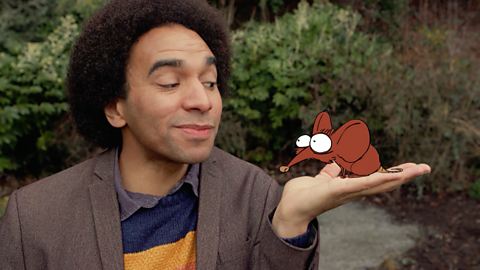
How to express yourself with poetry. video
Joseph Coelho explores the way we can express our feelings using poetry.
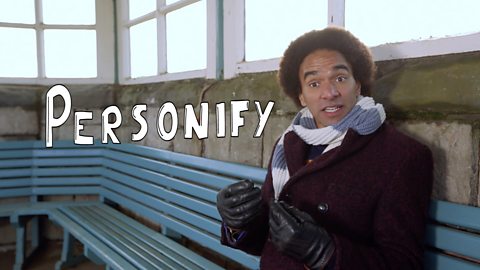
How to have fun writing poetry. video
Joseph Coelho explores onomatopoeia, phonics and all the ways you can have fun writing a poem.
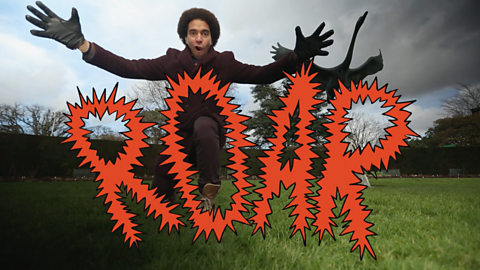
How to write poetry about your life. video
Joe Coelho explains how to write poetry about experience.
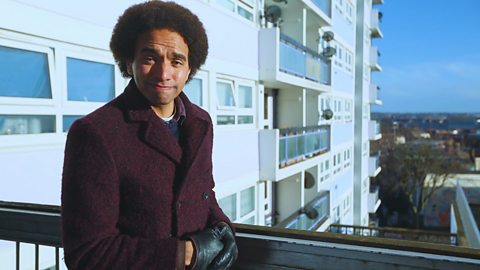
Playing with words. video
Joseph Coelho explores how poetic devices can enable children to develop their literacy skill.
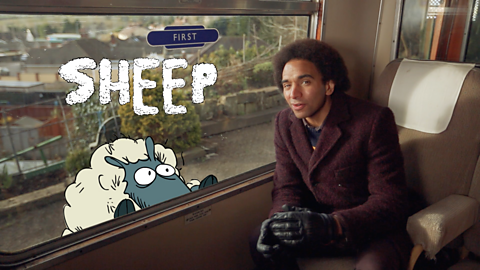
How to understand a poem. video
Joseph Coelho looks at how poems make you feel and what they mean to you.
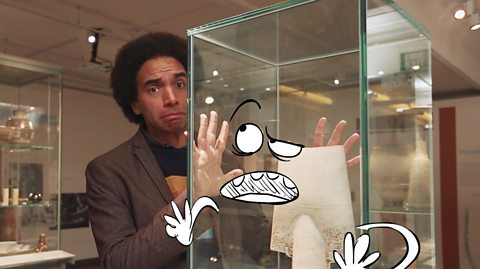
Does poetry need to rhyme? video
Joseph Coelho shows that poetry doesnÔÇÖt have to rhyme, but when it does, it can be inventive and witty.
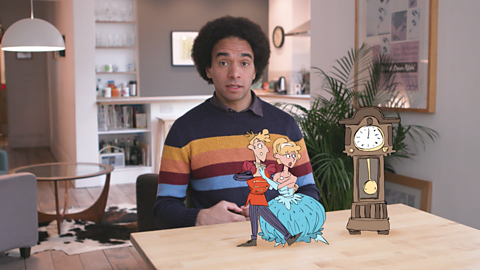
Making pictures with words. video
Joseph Coelho shows us how to utilise figurative and descriptive language to the best effect.

How are music and poetry connected? video
Joseph Coelho demonstrates how many of the elements that make up poems are often mirrored in music.
